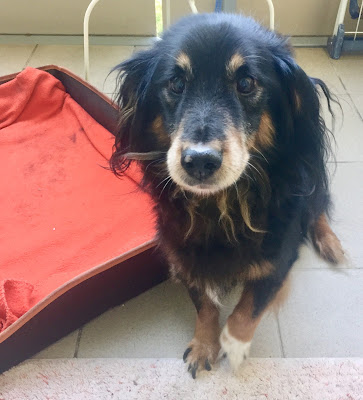Bringing home a pet dog and making him part of your family is a big responsibility. Even with the least delicate breeds, there are care needs that you have to be aware of. You also have to think about training your dog. This is the part that most pet owners find most challenging. While dogs are known to be intelligent creatures, it takes time, attention, and proper techniques in order to train them to at least behave the way you want them to whether at home or in other places.
Before you even bring your new pet home, you need to prepare to train him the minute he sets foot in your home. This does not mean cracking the whip or being stern with your orders as he explores and runs around in his new surroundings. The most effective way to train your dog is through positive reinforcement.
Table of Contents
Training

House training is the first of your concerns. You want your dog to adapt seamlessly into his new surroundings with the least inconvenience on your part. Prepare your home by designating areas where your dog can roam freely. Mark off areas that are absolutely off-limits from day one.
If he is not to be allowed on the couch, don’t cuddle him while you are sitting on it in the first place. Show him his rest area, his own space, and his play area. Place his toys and feeding bowls in the areas where you want him to play and eat.
Feeding Time
Observing a schedule for feeding and for going to the bathroom is also a good way to start house training. Research first on what would be best to have for food, unlike cats being obligate carnivores, dogs also benefit from eating some plants.
Understanding Behaviour
It would also be helpful to understand the different developmental stages your dog goes through. There will be times when he might chew on things or might bark and whine given certain stimulus. You have to know your dog’s behavioural quirks so that you can address them properly and, if necessary, correct them at the soonest possible time.
Persistent bad behaviour in dogs often comes from them getting away with it early on in their lives. Let them know what kind of behaviour is not tolerated. Don’t physically punish them when you do this. You can simply show them that you are not happy with what they did. Don’t give them a treat or ignore them when they ask for some cuddle time.
Positive Reinforcement
 Once you get the basic house training down pat, you can move on to training your dog to do simple tricks or obey certain commands. Again, positive reinforcement is key. Make sure that you set a specific time every day for dog training. Keep your sessions short as dogs tend to get fussy with long repetitive tasks. Start simple and then move on to more complicated orders and tasks.
Once you get the basic house training down pat, you can move on to training your dog to do simple tricks or obey certain commands. Again, positive reinforcement is key. Make sure that you set a specific time every day for dog training. Keep your sessions short as dogs tend to get fussy with long repetitive tasks. Start simple and then move on to more complicated orders and tasks.
Your dog can get frustrated too if he is not able to do what you want him to do. If you really find it difficult to train your dog yourself, you can always hire a professional trainer or take him to obedience school. This will relieve you of the burden of having to worry about whether or not you are training him right.

Our family love dogs that’s why we never had any instance that we had no dogs in the house, as we maintain at least a minimum of 2 dogs and when there’s time usually on weekends, my husband trained them to be a disciplined dog.
I am not much of a pet lover, but I am amazed at my daughter’s love for dogs and other pets at home.
My, we are thinking of adopting a dog and it worries me a lot. I just hope we get one that’s trained already. LOL. I know it will take a lot of patience, whew! I think I should prepare myself first before getting one. 😀
Bunny is cute! It’s really better to train dogs while they’re young.